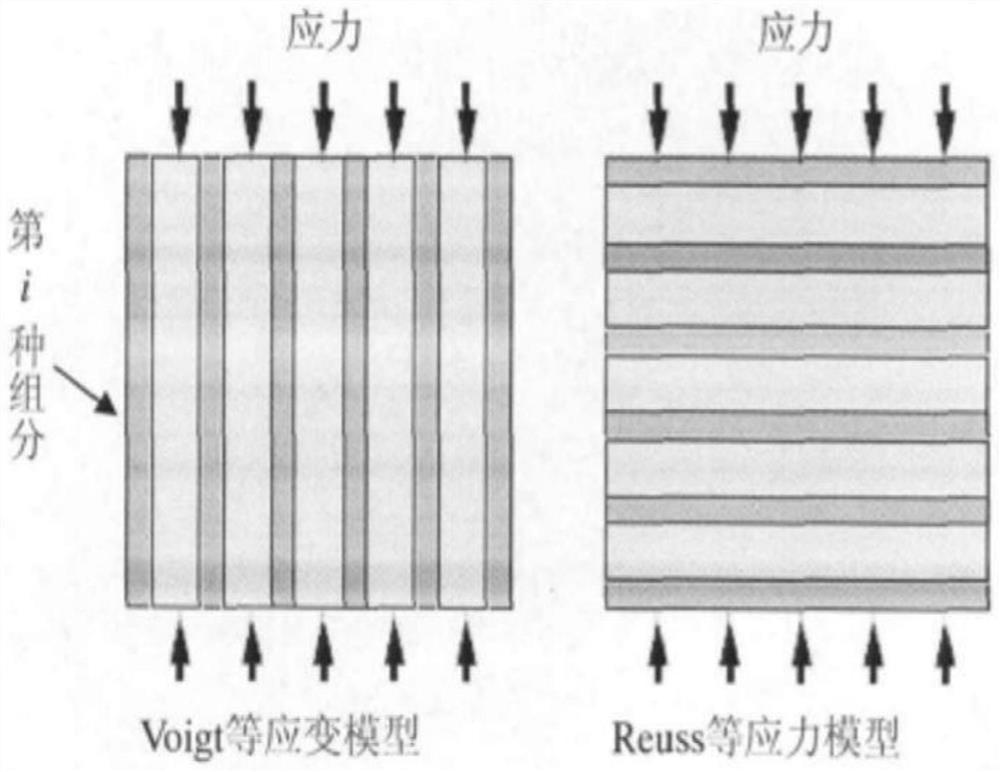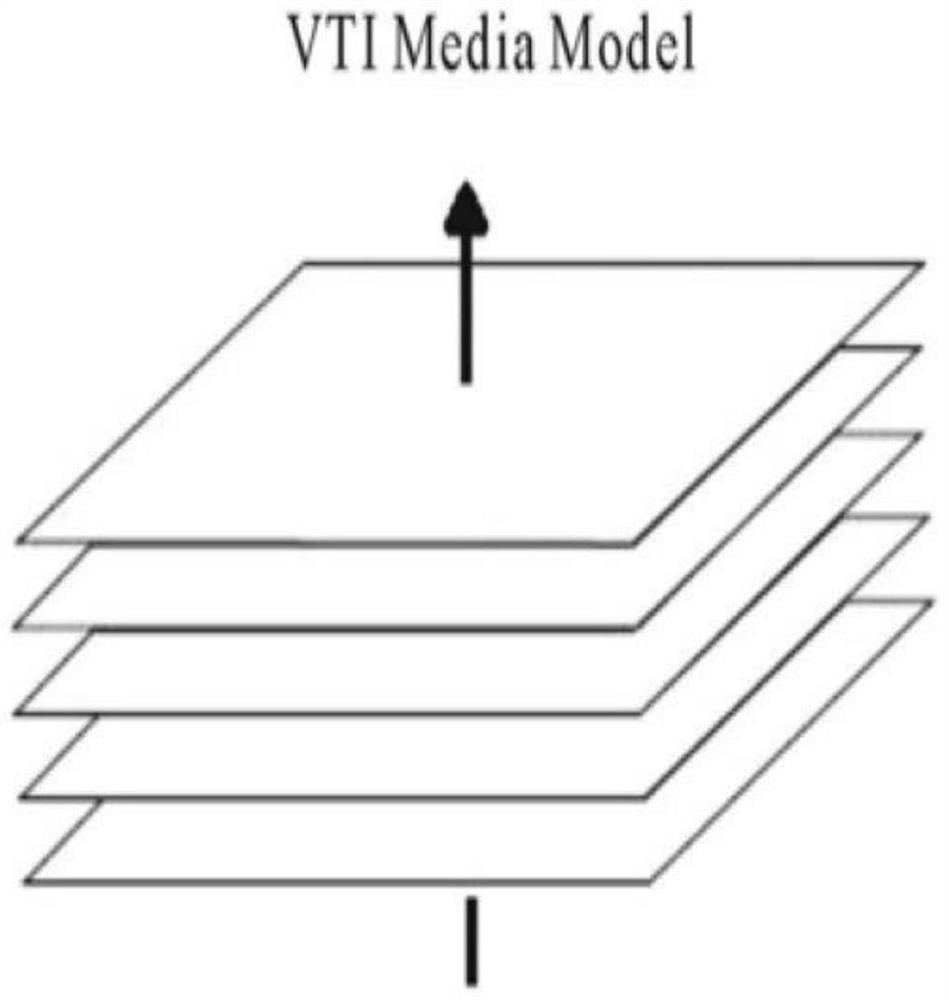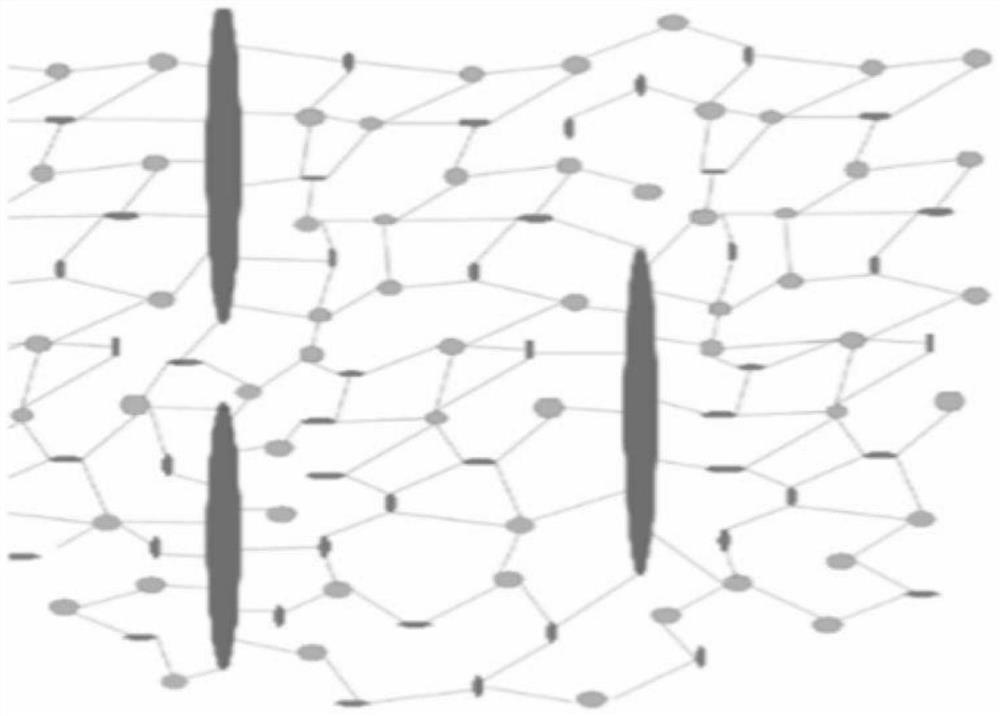An anisotropic petrophysical calibration method based on the orientation function of shale crystal geometry factors
An anisotropic and geometric factor technology, applied in geophysical surveying, geographic modeling, material analysis using wave/particle radiation, etc., can solve problems such as model errors, well-seismic data mismatch, and seismic wave propagation direction deflection
- Summary
- Abstract
- Description
- Claims
- Application Information
AI Technical Summary
Problems solved by technology
Method used
Image
Examples
Embodiment Construction
[0014] The shale anisotropic high-temperature and high-pressure petrophysical modeling method includes the following detailed steps in turn:
[0015] Step 1: Using the Voigt-Reuss-Hill average method (one of the synthesis methods), clay, quartz and calcite are synthesized into shale according to the elastic parameters and volume percentages of each mineral.
[0016] The Voigt average is the upper limit of the limit, and it can also be called the equal strain average. It assumes that each component has the same strain, and further gives the ratio of the average stress to the average strain. The formula is:
[0017]
[0018] where M V ——represents the equivalent elastic modulus of N components of the rock;
[0019] m i ——represents the elastic modulus of the i-th component (preferably shear modulus and bulk modulus);
[0020] f i ——Represents the volume content of the i-th component.
[0021] The Reuss average is the lower limit of the limit, and it can also be called th...
PUM
 Login to View More
Login to View More Abstract
Description
Claims
Application Information
 Login to View More
Login to View More - R&D
- Intellectual Property
- Life Sciences
- Materials
- Tech Scout
- Unparalleled Data Quality
- Higher Quality Content
- 60% Fewer Hallucinations
Browse by: Latest US Patents, China's latest patents, Technical Efficacy Thesaurus, Application Domain, Technology Topic, Popular Technical Reports.
© 2025 PatSnap. All rights reserved.Legal|Privacy policy|Modern Slavery Act Transparency Statement|Sitemap|About US| Contact US: help@patsnap.com



